Everyone wants a brighter and whiter smile. With the advent of various teeth whitening products available in the market, it has become easier to achieve that sparkling smile. One such product that has gained popularity is carbamide peroxide, a powerful active ingredient in many teeth whitening products. In this article, we will discuss how carbamide peroxide works to whiten teeth.
Carbamide peroxide is a chemical compound that acts as a bleaching agent to remove discoloration and stains from teeth. When applied to the teeth, it breaks down into hydrogen peroxide, the active ingredient that provides the teeth whitening effect. The hydrogen peroxide penetrates the enamel and dentin of the teeth and oxidizes the pigments that cause discoloration and stains, thereby lightening the color of the teeth. Carbamide peroxide comes in different concentrations, ranging from 10% to 40%. Higher concentrations of carbamide peroxide generally provide a faster and more noticeable whitening effect. However, these higher concentrations may also increase the risk of tooth sensitivity and other side effects. It is important to follow the instructions provided by the manufacturer and avoid overuse to minimize these risks. Teeth whitening with carbamide peroxide can be done at home or in the dentist's office. At-home kits typically come in the form of gels, strips, or trays that can be applied to the teeth. The gel or strip is usually left on the teeth for a specified period of time, usually ranging from 30 minutes to several hours. In-office treatments usually involve higher concentrations of carbamide peroxide that are applied to the teeth and activated with a special light. These treatments can produce a noticeable difference in the color of the teeth in just one or two visits. While carbamide peroxide is effective in whitening teeth, it may not be suitable for everyone. People with sensitive teeth, gum disease, or other dental problems may experience discomfort or other side effects from using carbamide peroxide. It is important to consult a dentist before starting any teeth whitening treatment to determine if it is safe and appropriate for you. In conclusion, carbamide peroxide is a powerful active ingredient in many teeth whitening products that works by breaking down into hydrogen peroxide and oxidizing the pigments that cause discoloration and stains. With its availability in different concentrations and forms, teeth whitening with carbamide peroxide can be done at home or in the dentist's office. However, it is important to consult a dentist and follow instructions to minimize the risks of side effects.
1 Comment
If you're considering cosmetic dental treatments to improve the appearance of your smile, you may be wondering whether Invisalign or veneers are the best option for you. Both treatments can be effective at correcting a variety of dental issues, but they work in different ways and have their own unique benefits and drawbacks. Here's a closer look at Invisalign and veneers to help you decide which treatment is right for you:
Invisalign: Invisalign is a clear aligner system that is used to straighten teeth and correct misalignment. The aligners are made of a clear, flexible plastic material that is custom-made to fit your teeth. They are virtually invisible when worn, making them a popular choice for people who are self-conscious about traditional metal braces. Invisalign treatment typically takes between six and 18 months, depending on the severity of the misalignment. Veneers: Veneers are thin, custom-made shells that are attached to the front surface of your teeth. They are often made of porcelain or composite resin and are used to cover up imperfections like chips, cracks, and discoloration. Veneers can be used to improve the shape, size, and color of your teeth and give you a more uniform and attractive smile. Veneer treatment typically takes two visits to the dentist, with the veneers being placed permanently on the teeth during the second visit. Which treatment is right for you will depend on your specific dental needs and goals. If you have misaligned teeth or other issues with the alignment of your teeth, Invisalign may be the best option for you. On the other hand, if you are mostly concerned with the appearance of your teeth and want to cover up cosmetic imperfections, veneers may be a better choice. It's important to discuss your options with a dental professional to determine the best treatment plan for you. The start of a new year is the perfect time to make resolutions and set goals for yourself. While resolutions like exercising more and eating healthier are always popular, have you considered making resolutions specifically related to your smile? Here are five New Year's resolutions you should consider making to improve the health and appearance of your teeth and gums:
Regular dental cleanings are an important part of maintaining good oral health. Here are some benefits of getting regular dental cleanings:
An electric toothbrush is a powerful tool for maintaining good oral hygiene. Here are some benefits of using an electric toothbrush:
Perhaps its the Baader-Meinhof phenomenon or perhaps our society is obsessed with having healthy, bright teeth; but it seems I can't live a day without hearing of a new fad for our oral healthcare. Today's topic: Oil Pulling. Should we do it? Does it work? Could it be harmful?
Let's start by letting you all know that oil pulling WILL NOT cure cavities. But it certainly has been a hot topic in regards to its benefits in improving oral health. Limited research sows that oil pulling (when done regularly) can be beneficial as an adjunct to regular oral hygiene habits to reduce plaque and cavity causing bacteria. (Regularly means swishing coconut oil daily for 20 minutes at a time). However, it should not replace traditional dental therapies and is not recommended by the American Dental Association. It is important to note that there are no natural remedies at this time to cure cavities that have expanded beyond the enamel the tooth into the dentin. Oil pulling must be researched more extensively before dental providers can recommend this therapy to our patients. At this time, stick to our proven formula to optimal oral health: * Brush 2x/day with an electric toothbrush * Use toothpaste that is SLS free, non-acidic, non-abrasive & ideally contains fluoride * Use a mouth rinse that is non-acidic, alcohol free, & really contains either fluoride, nano silver, & xylitol. * FLOSS at least 1x.day Disclaimer: The opinions of this blog are based on evidence based research conducted in a controlled setting and peer reviewed. If you're like me, you are constantly on the pursuit for natural & effective ways to optimize health and wellness. When it comes to our dental care, there are so many products, ingredients, & social fades that can truly confuse the whole oral health process. In todays blog, we all discuss xylitol, a natural sweetener found in fruits and vegetables that decreases the prevalence of cavities and gum infection.
Let's first start by discussing the process of cavity formation. Did you know that sugar doesn't cause cavities? It's true! The real culprit of dental cavities is acid. If you think back to your basic sciences, an acid can be defined as anything below a pH of 7. In our mouths, any time our mouth's pH drops below 5.5, we are at risk for developing cavities. So why do we think sugar causes cavities? Truly, any complex carbohydrate can lead to cavities. The process goes like this: We ingest a complex carbohydrate, the bacteria in our mouths metabolizes that carbohydrate and the byproduct is an acid. A biofilm is created and attaches to our teeth and our enamel (or the outer protective layer of our teeth), breaks down and cavity formation can occur. So why is xylitol so wonderful? Firstly, cavity causing bacteria cannot metabolize xylitol and therefore acid will not be a byproduct. Xylitol also increase saliva flow, neutralizes the pH in our mouths, reduces the number of cavity causing bacteria, reduces plate build up, and remineralize (or hardens) our enamel. We can find xylitol in gum, lozenges, mints, candies, mouth rinses and toothpastes! Some of my favorite products are from Elementa elementasilver.com/products/ and Carifree carifree.com/shop/ Are there any down sides to xylitol? Unfortunately yes. Xylitol is very toxic and even lethal to dogs so please be careful and keep xylitol containing products far our of reach from your animals! Any questions? Leave them below! |
Dr. Jenny PernaGeneral dentist with a focus on cosmetics in South Florida Archives
February 2023
Categories |
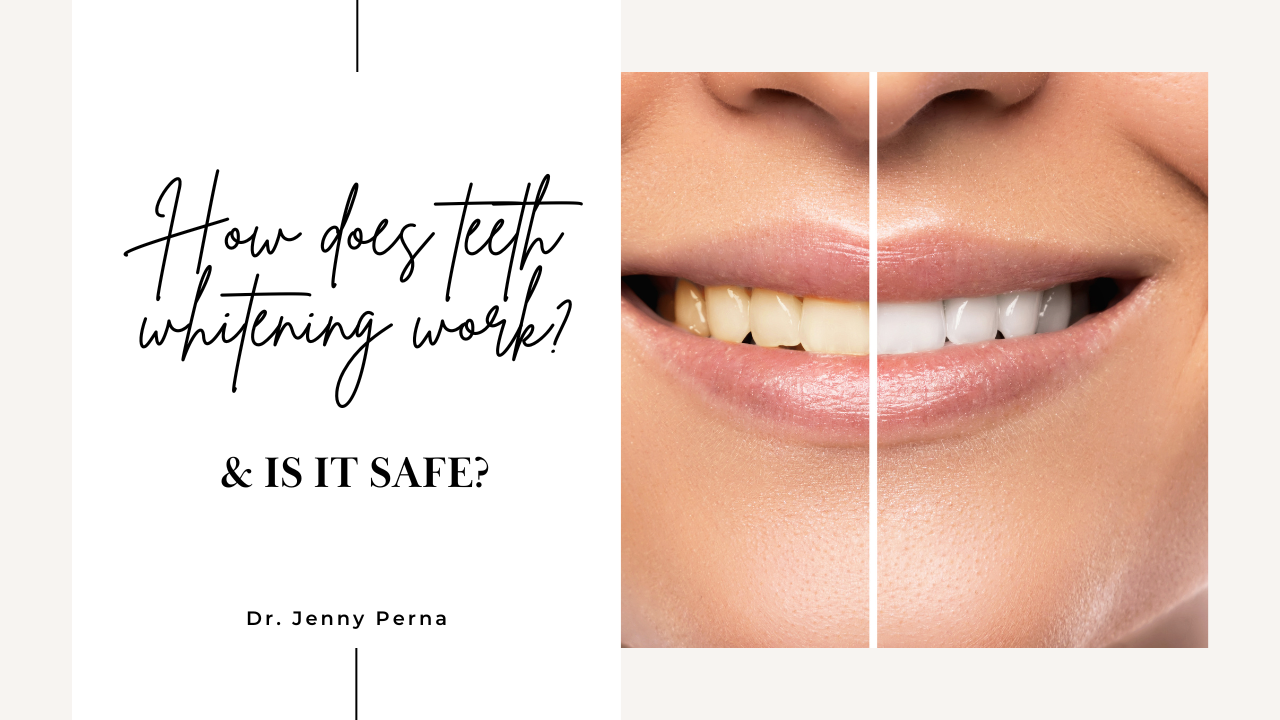
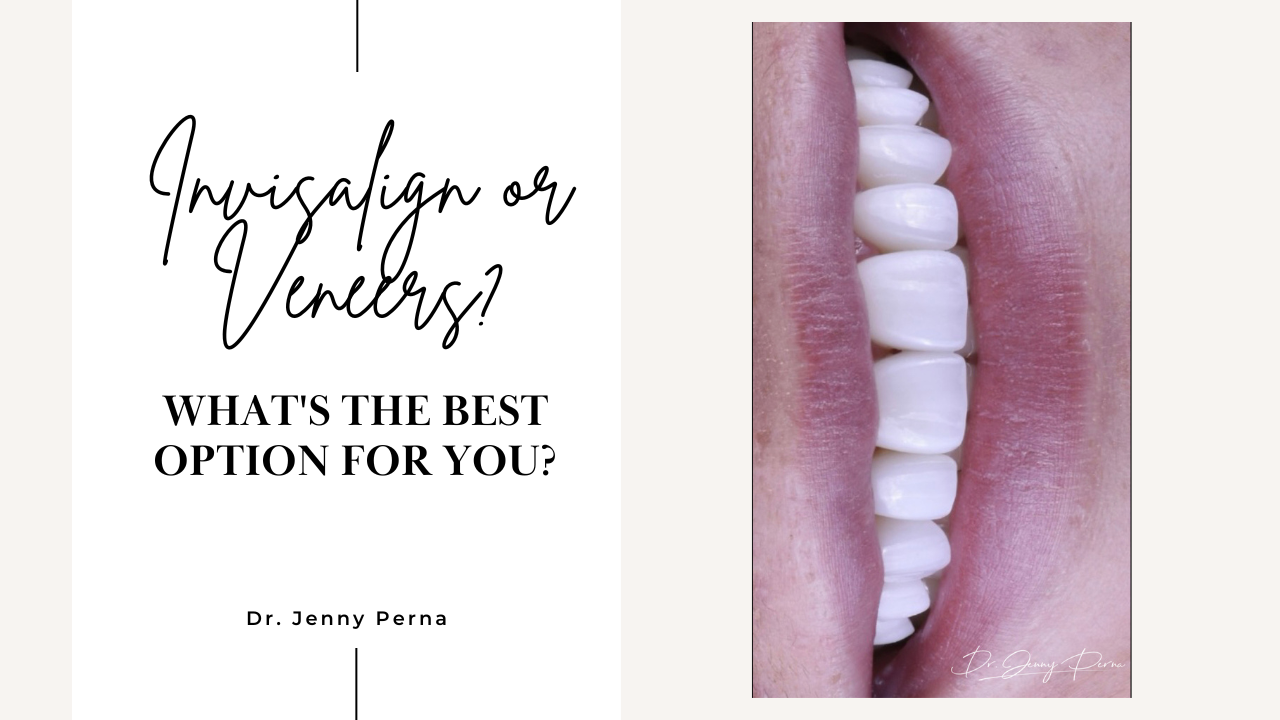
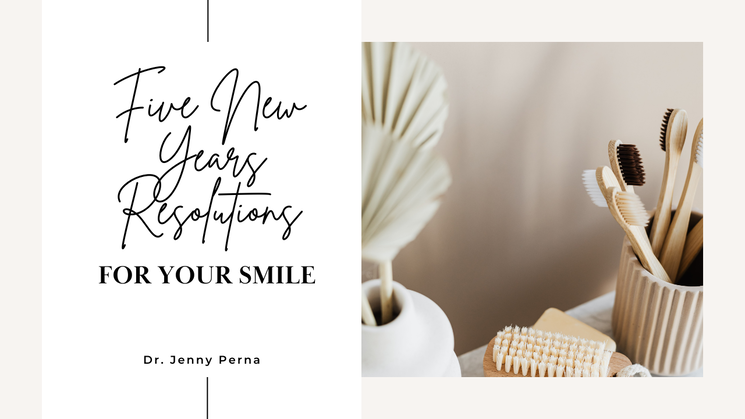
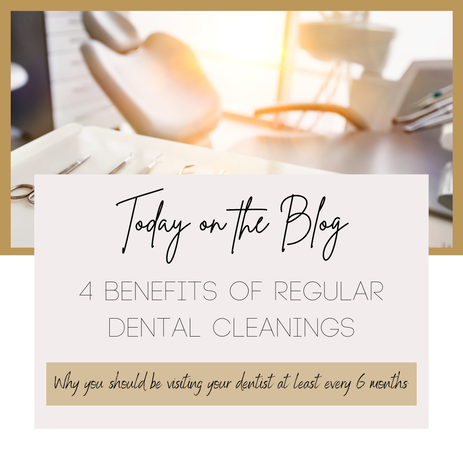
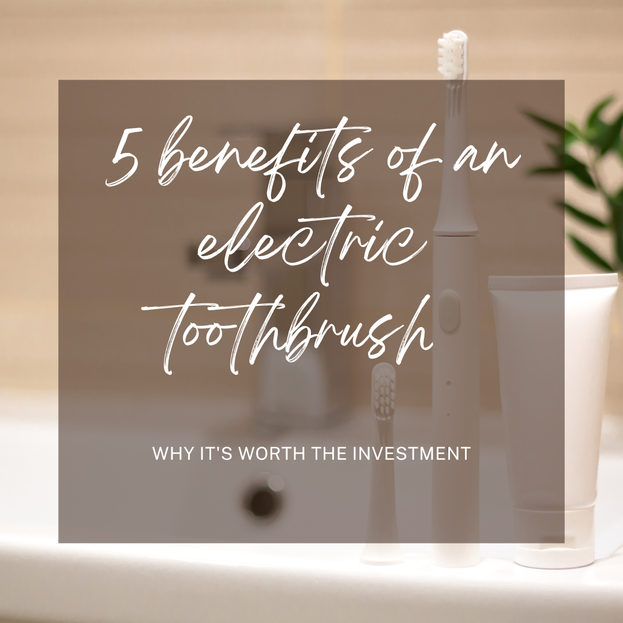
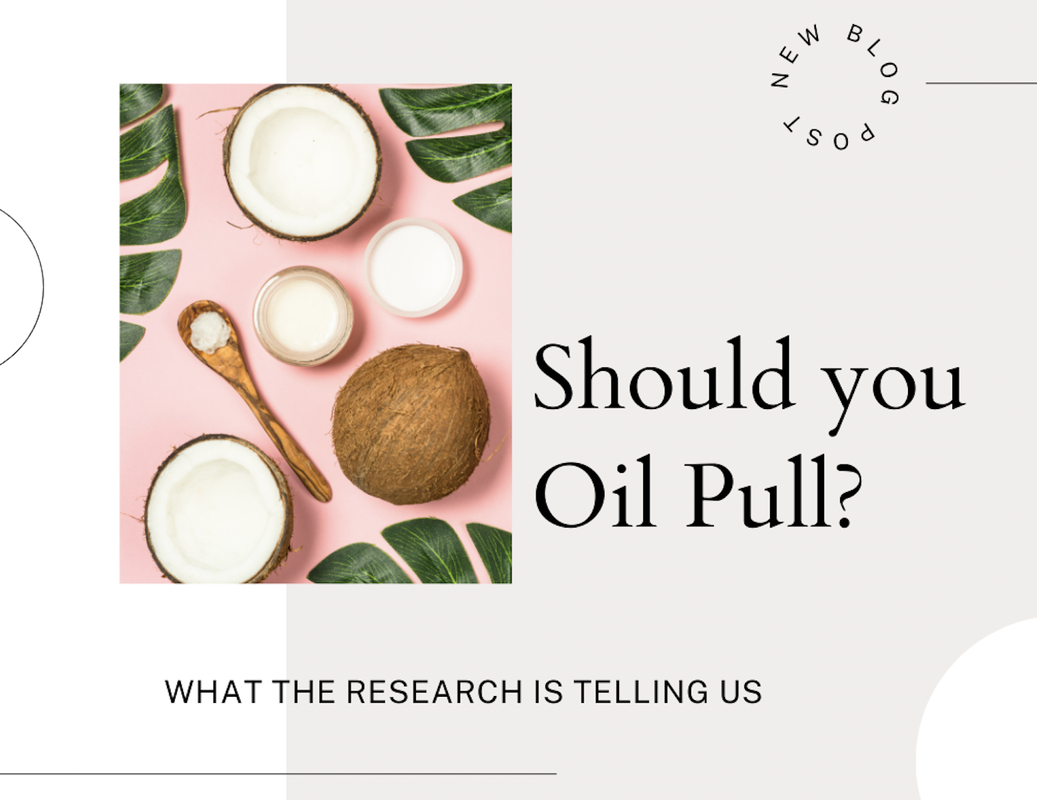
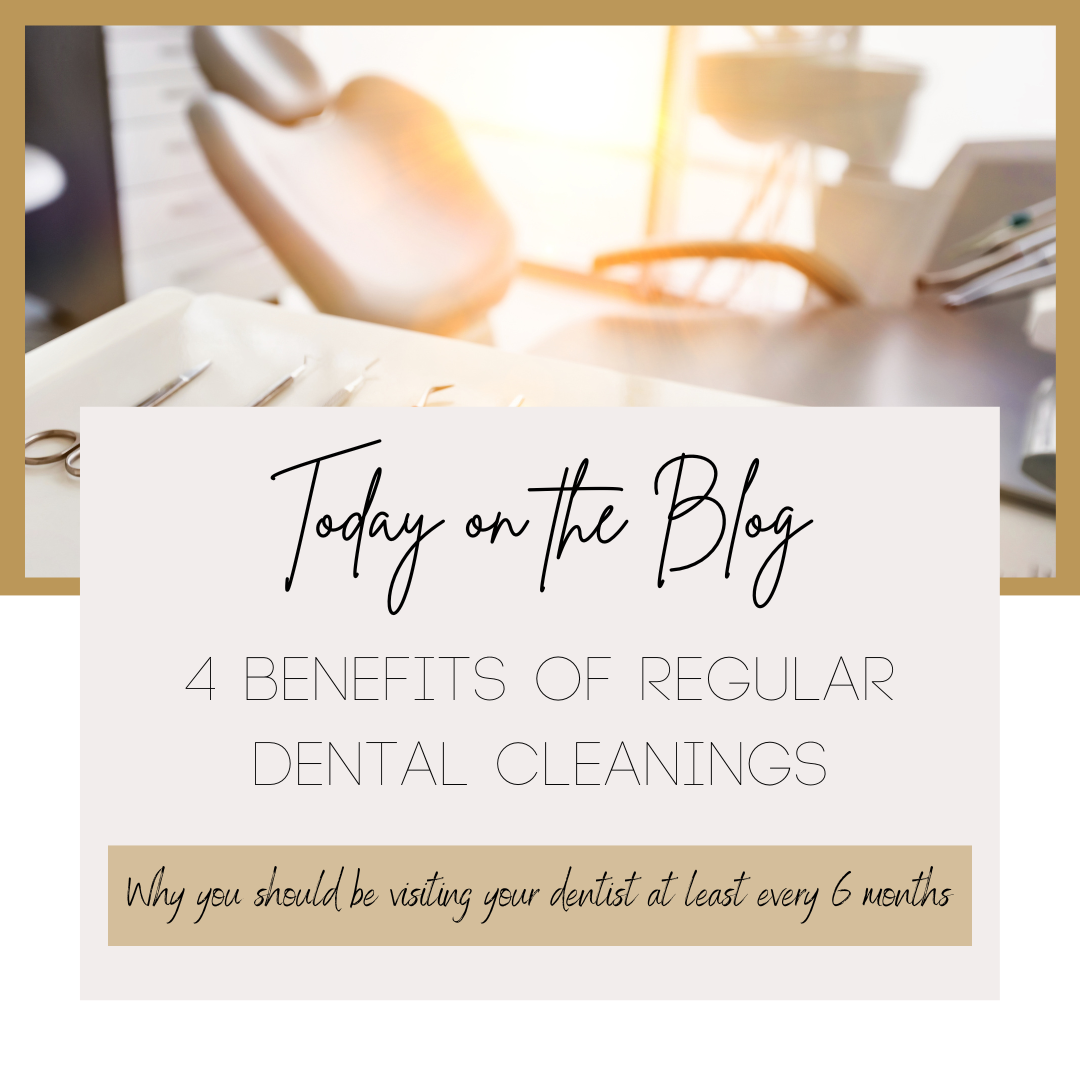
 RSS Feed
RSS Feed